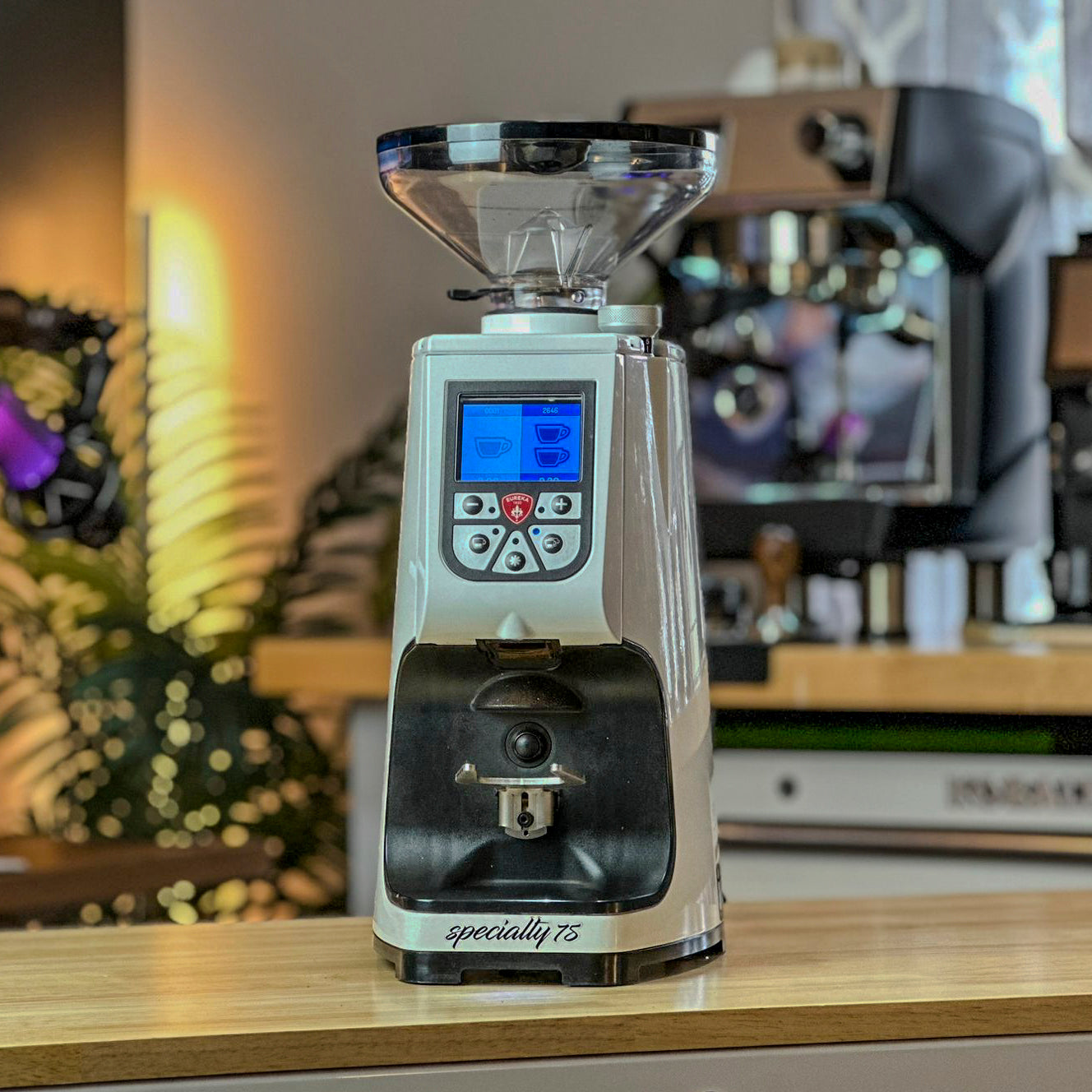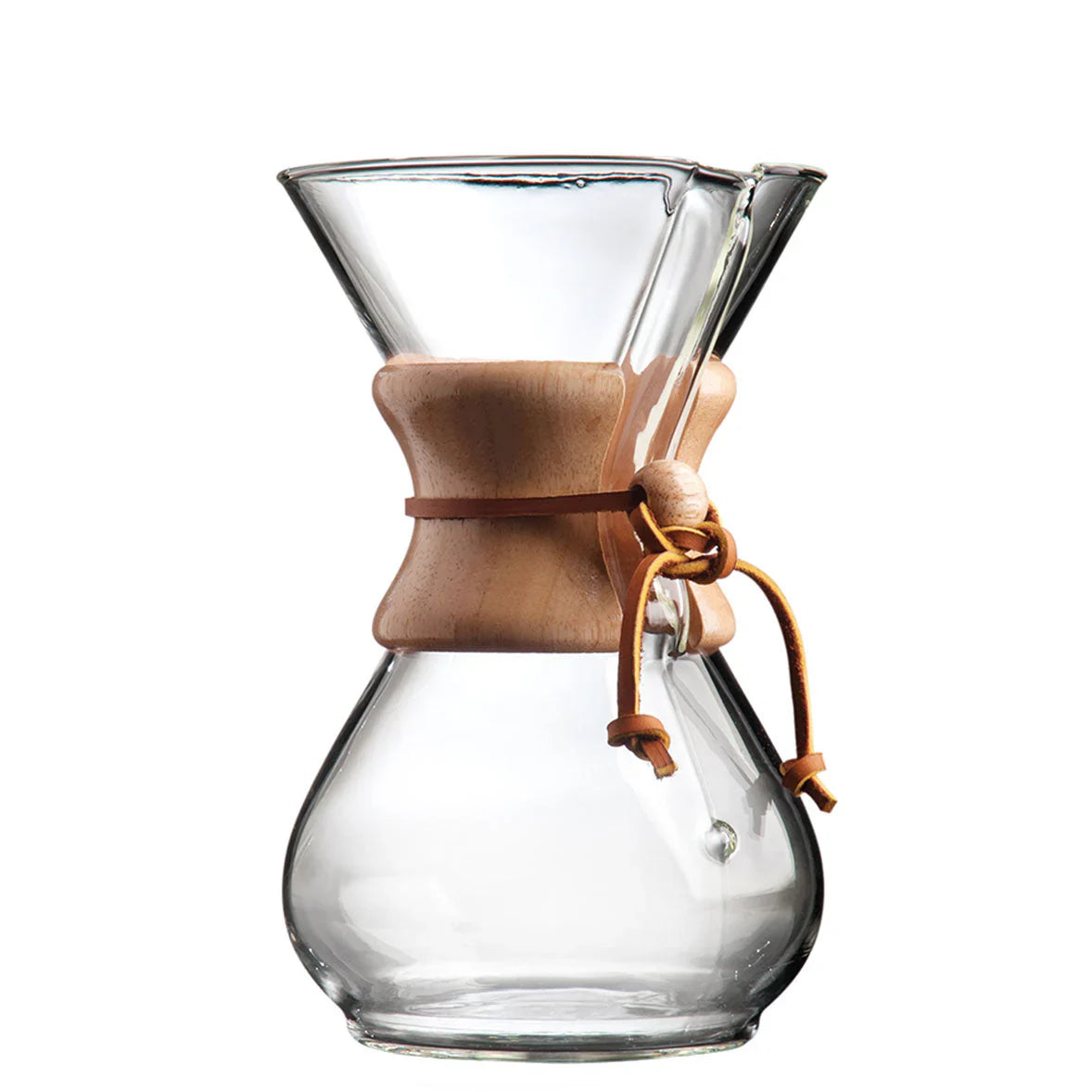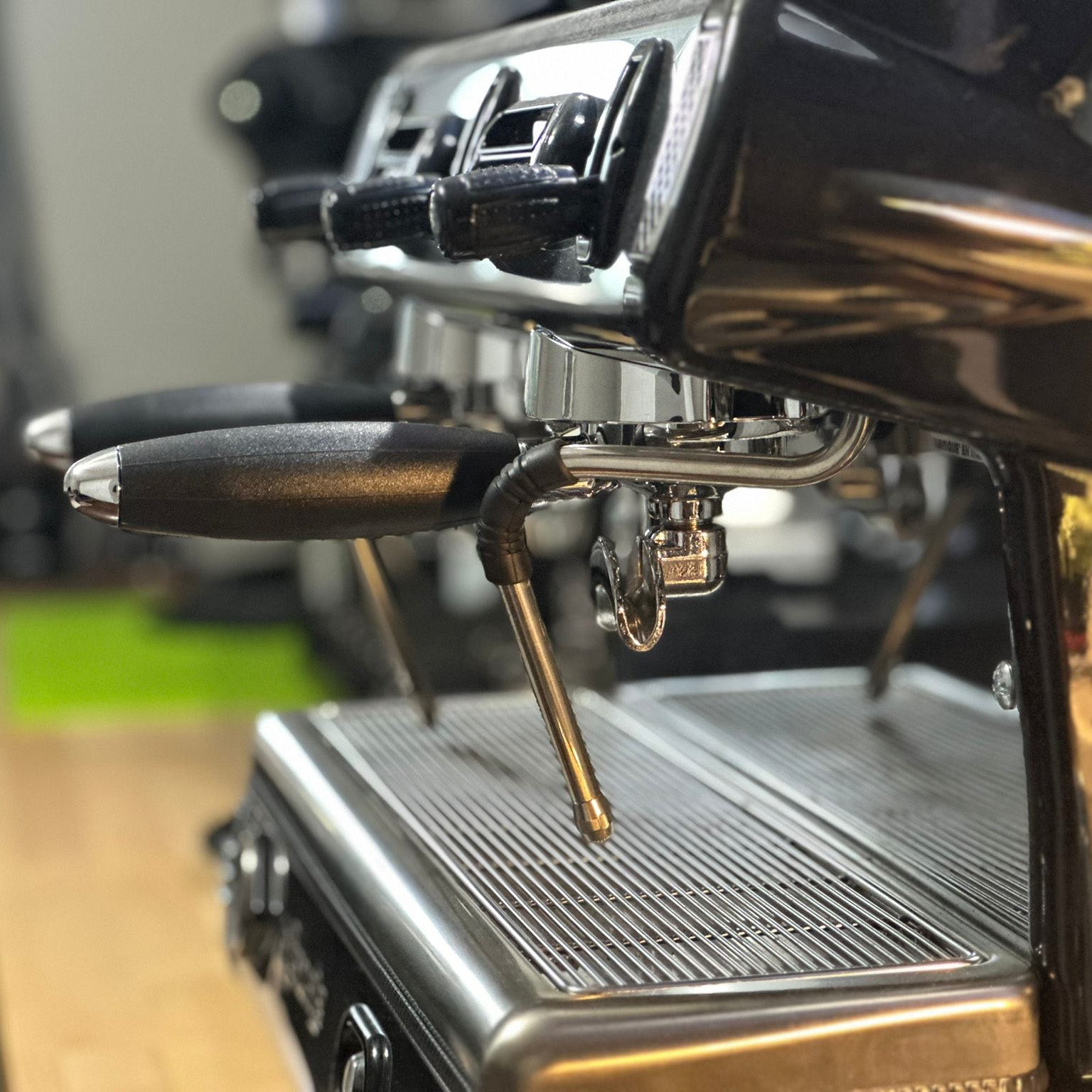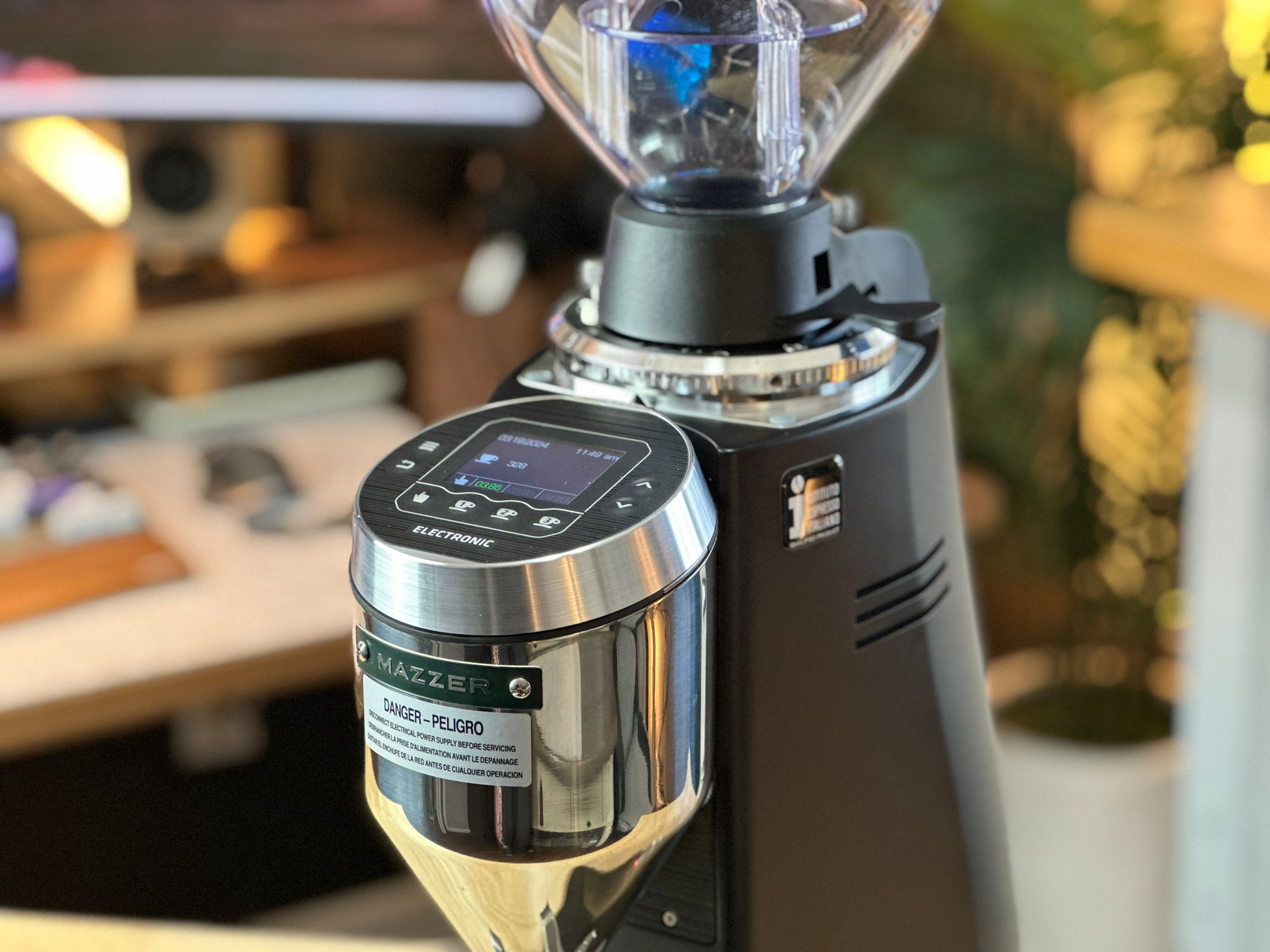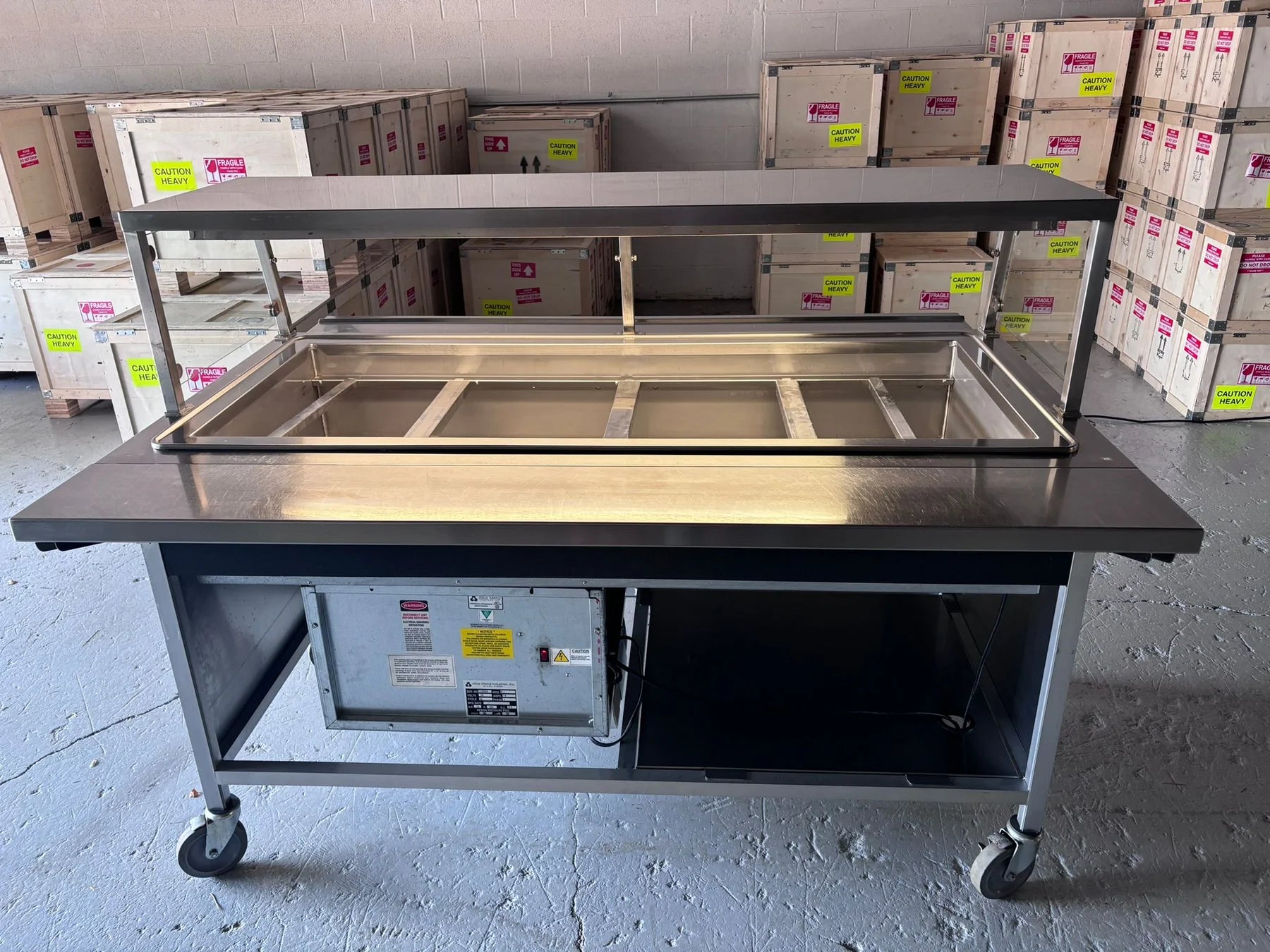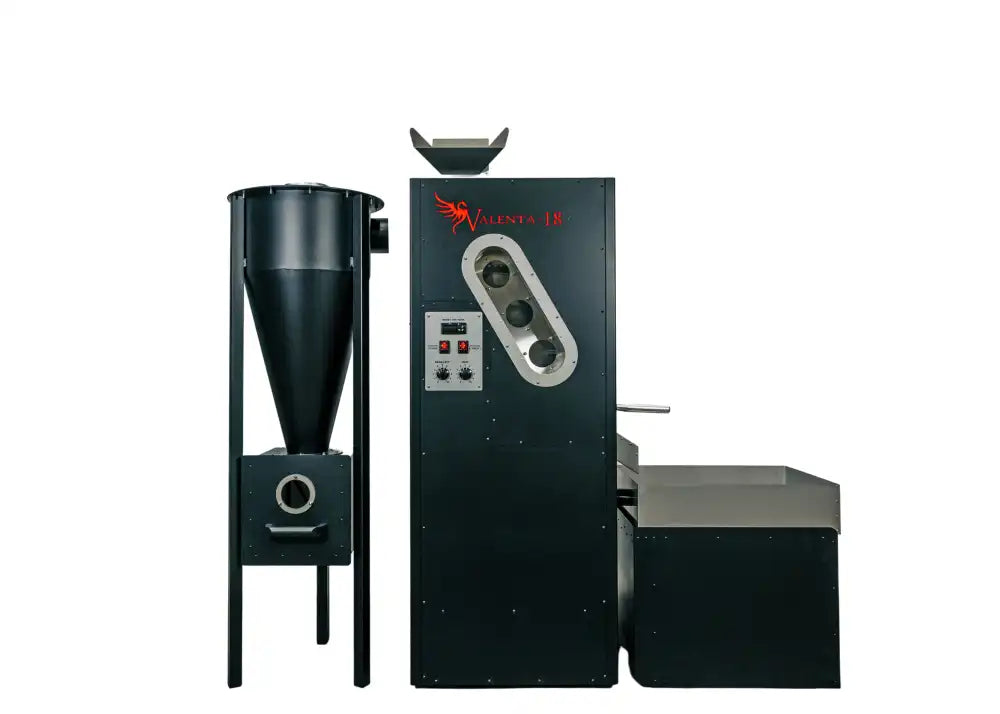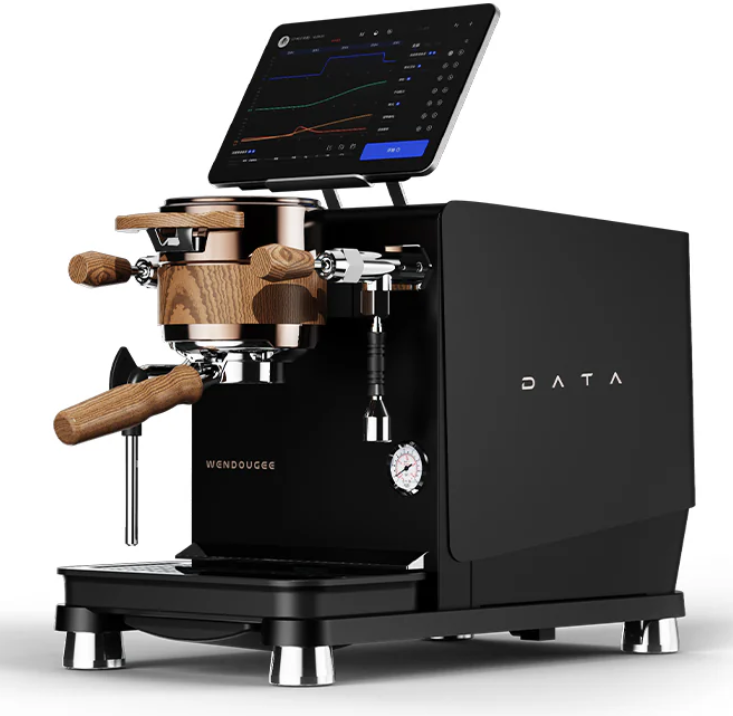The Coffee Belt - Why do coffee beans tend to grow in this region?
You may or may not have heard of the term "Coffee Belt", but it encompasses all of the major coffee growing regions. The Coffee Belt is a region of the world located between the Tropics of Cancer and Capricorn, 23.5° North and 23.5° South encompassing areas with the ideal conditions for growing coffee. This belt covers regions in Central and South America, Africa, the Middle East, and Asia.

So what makes the Coffee Belt so special for growing coffee?
-
Altitude: Coffee thrives at higher elevations with cooler temperatures.
- Arabica coffee is grown at elevations ranging from 600 meters to over 2,200 meters above sea level. The unique high-altitude environment, characterized by cooler temperatures and daily temperature variations, allows the beans to mature slowly, enhancing their complex flavors. These exceptional conditions make Arabica coffee highly prized by coffee enthusiasts around the globe.
- Temperature: Optimal range is 60–70°F (15–24°C).
- Rainfall: Requires about 40–100 inches (100–250 cm) annually.
-
Soil: Volcanic soil is particularly beneficial, as it's rich in minerals.
- The ideal soil for Arabica coffee cultivation is rich in organic matter, slightly acidic with a pH between 6 and 6.5, and well-drained. These soil characteristics, combined with favorable weather conditions such as moderate temperatures, consistent rainfall, and distinct dry seasons, enable coffee plant roots to efficiently absorb essential nutrients.
Coffee Varieties
Arabica and Robusta, the two primary coffee bean varieties, stand out for their distinct cultivation methods, which significantly influence their flavor profiles.
- Arabica coffee beans equate to approximately 70% of the worlds production of coffee. Celebrated for its smooth and sweet flavor notes, is the preferred choice of most coffee enthusiasts.
- Softer and sweeter flavors
- Less resilient to harsh sun, weather extremes and insects
- Optimal growing temperature 59-77F (15-25C)
- Approximate time to blossom 7-9 months
- Robusta coffee beans equate to approximately 30% of the worlds production of coffee. Robusta is known for its bold, robust taste.
- Stronger and harsher flavors
- More resilient to harsh sun, weather extremes and insects
- Optimal growing temperature 68-86F (20-30C)
- Approximate time to blossom 9-11 months
What are the major coffee growing regions that lie within the Coffee Belt?
-
Central & South America:
- Countries: Brazil, Colombia, Costa Rica, Guatemala, Honduras, Peru, etc.
- Known for: Balanced flavors with notes of chocolate, nuts, and fruit.
-
Africa & the Middle East:
- Countries: Ethiopia, Kenya, Tanzania, Yemen, etc.
- Known for: Bright acidity, floral and citrus notes.
-
Asia & Pacific:
- Countries: Indonesia, Vietnam, India, Papua New Guinea, etc.
- Known for: Earthy, herbal, and full-bodied profiles.
Challenges for growers within the Coffee Belt
- Climate Change: Rising temperatures and unpredictable weather threaten coffee production.
- Pests & Diseases: Coffee leaf rust and the coffee borer beetle are significant threats.
- Sustainability: Efforts are underway to ensure fair trade, reduce environmental impact, and support small-scale farmers.
The next time you are checking the origin of your specialty coffee, and often see the same growing regions, now you know why these regions are so popular for growing coffee. The Coffee Belt is not just the origin of your morning cup but also a vital part of global agriculture, culture, and commerce.



